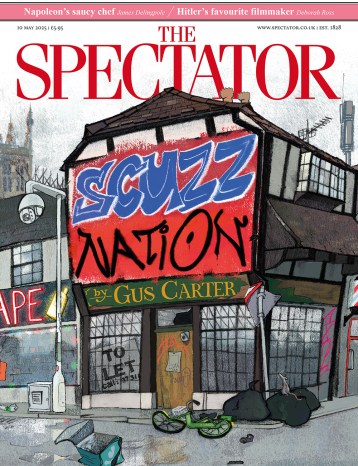
Mark Glazebrook talks to Sandy Nairne, who explains why the NPG is part of the life of London
David Piper, director of the National Portrait Gallery 1964–67, was a brilliant historian and museum director who, while writing a book called The English Face, found that there’s no such thing. It vanished like the smile on Lewis Carroll’s Cheshire cat.

Disagree with half of it, enjoy reading all of it
TRY A MONTH FREE
Our magazine articles are for subscribers only. Try a month of Britain’s best writing, absolutely free.
Already a subscriber? Log in




Comments
Join the debate, free for a month
Be part of the conversation with other Spectator readers by getting your first month free.
UNLOCK ACCESS Try a month freeAlready a subscriber? Log in